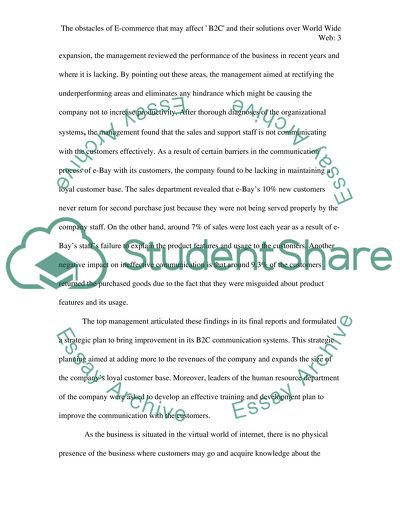Cite this document
(“E-commerce: the obstacles may affect the two-party communication' B2C' Research Paper - 2”, n.d.)
Retrieved from https://studentshare.org/e-commerce/1492453-e-commerce-the-obstacles-may-affect-the-two-party
Retrieved from https://studentshare.org/e-commerce/1492453-e-commerce-the-obstacles-may-affect-the-two-party
(E-Commerce: The Obstacles May Affect the Two-Party communication' B2C' Research Paper - 2)
https://studentshare.org/e-commerce/1492453-e-commerce-the-obstacles-may-affect-the-two-party.
https://studentshare.org/e-commerce/1492453-e-commerce-the-obstacles-may-affect-the-two-party.
“E-Commerce: The Obstacles May Affect the Two-Party communication' B2C' Research Paper - 2”, n.d. https://studentshare.org/e-commerce/1492453-e-commerce-the-obstacles-may-affect-the-two-party.


